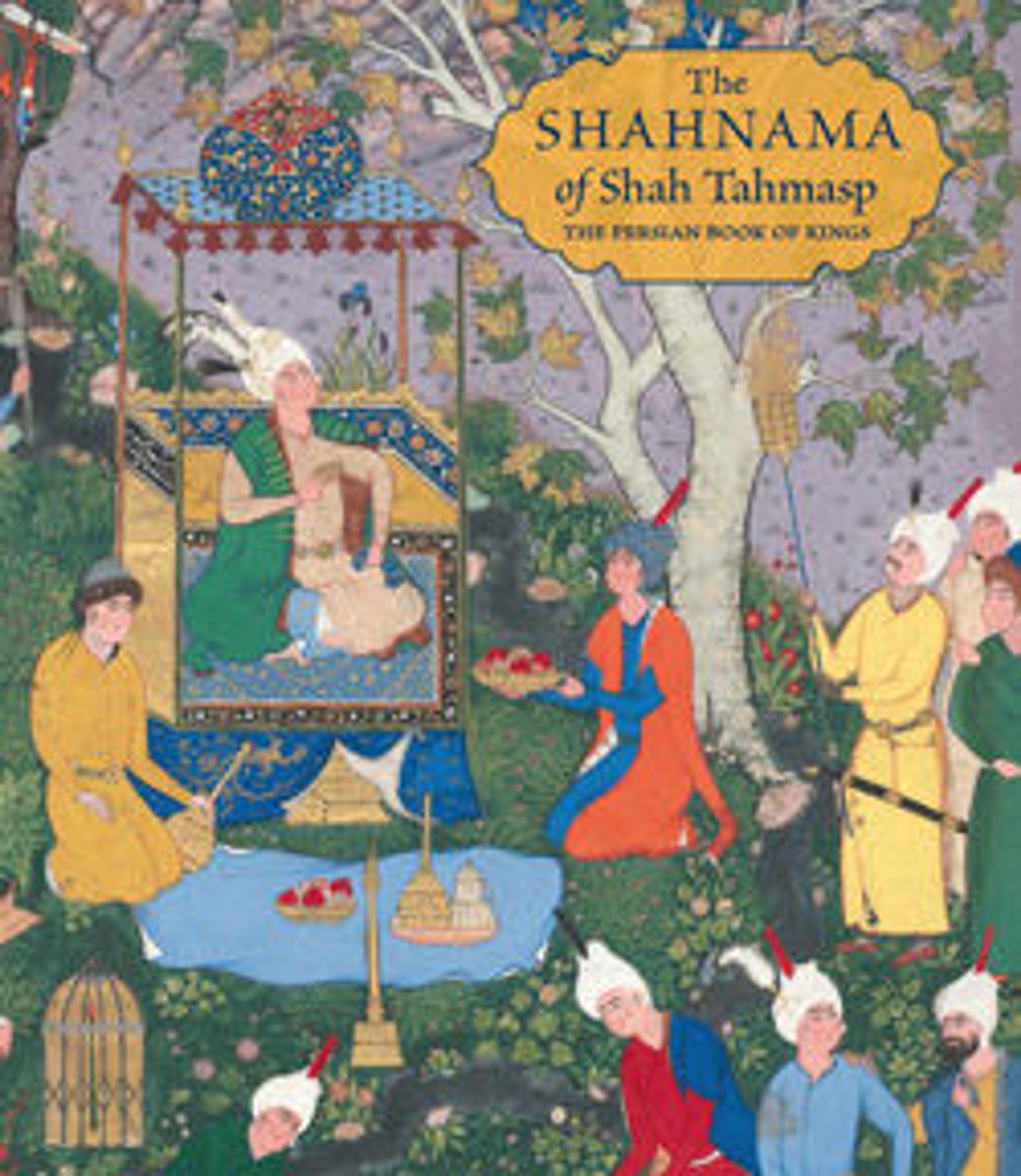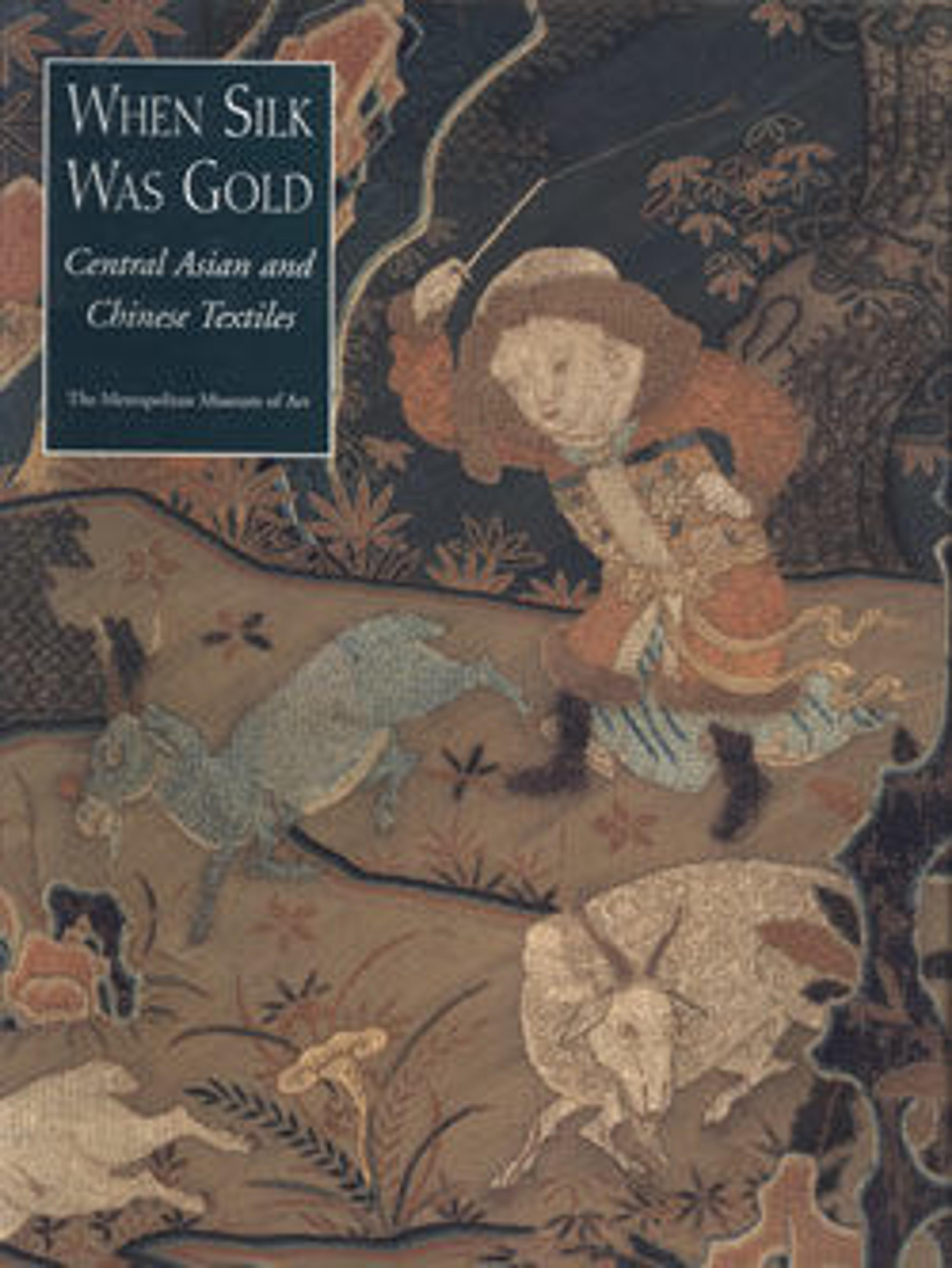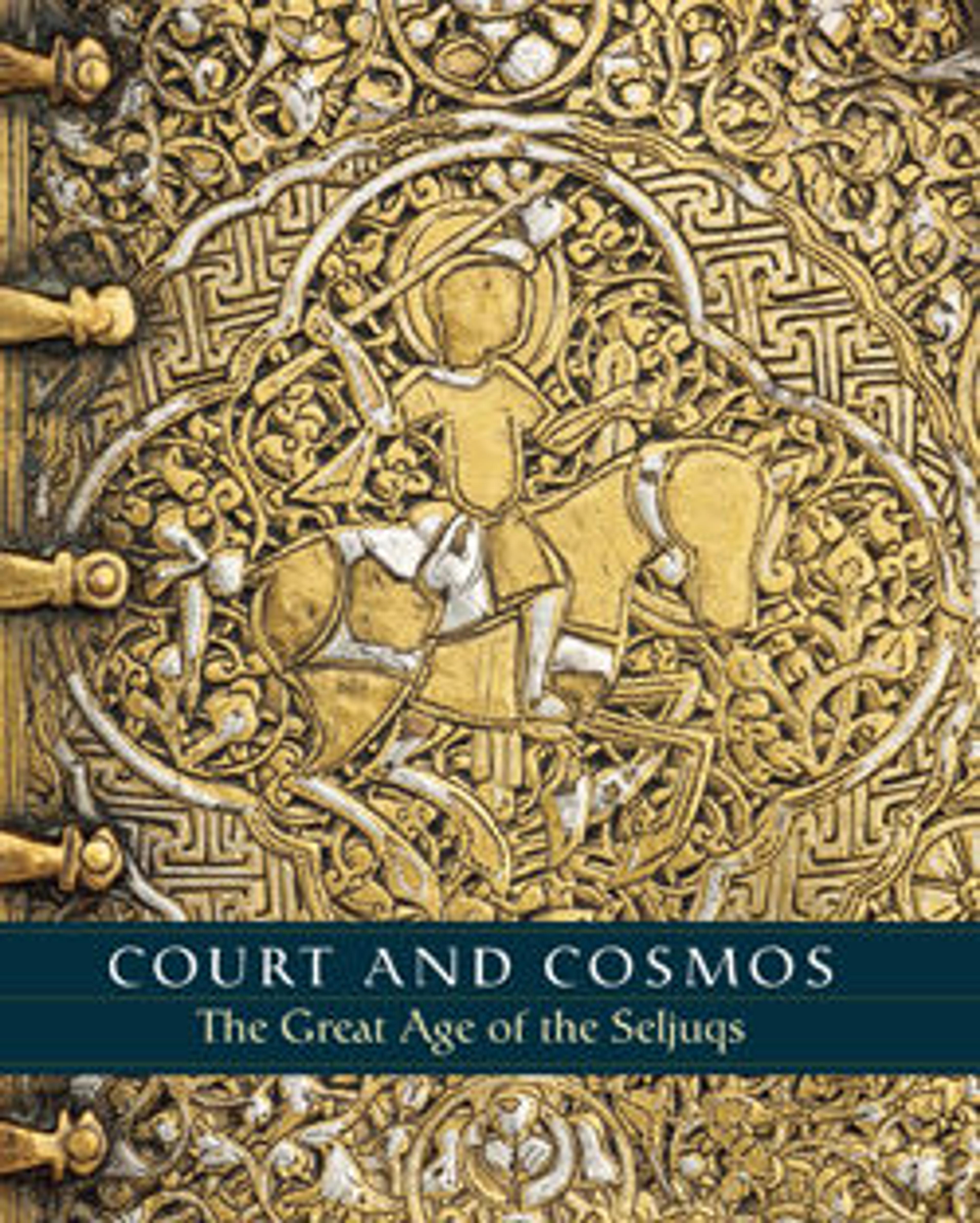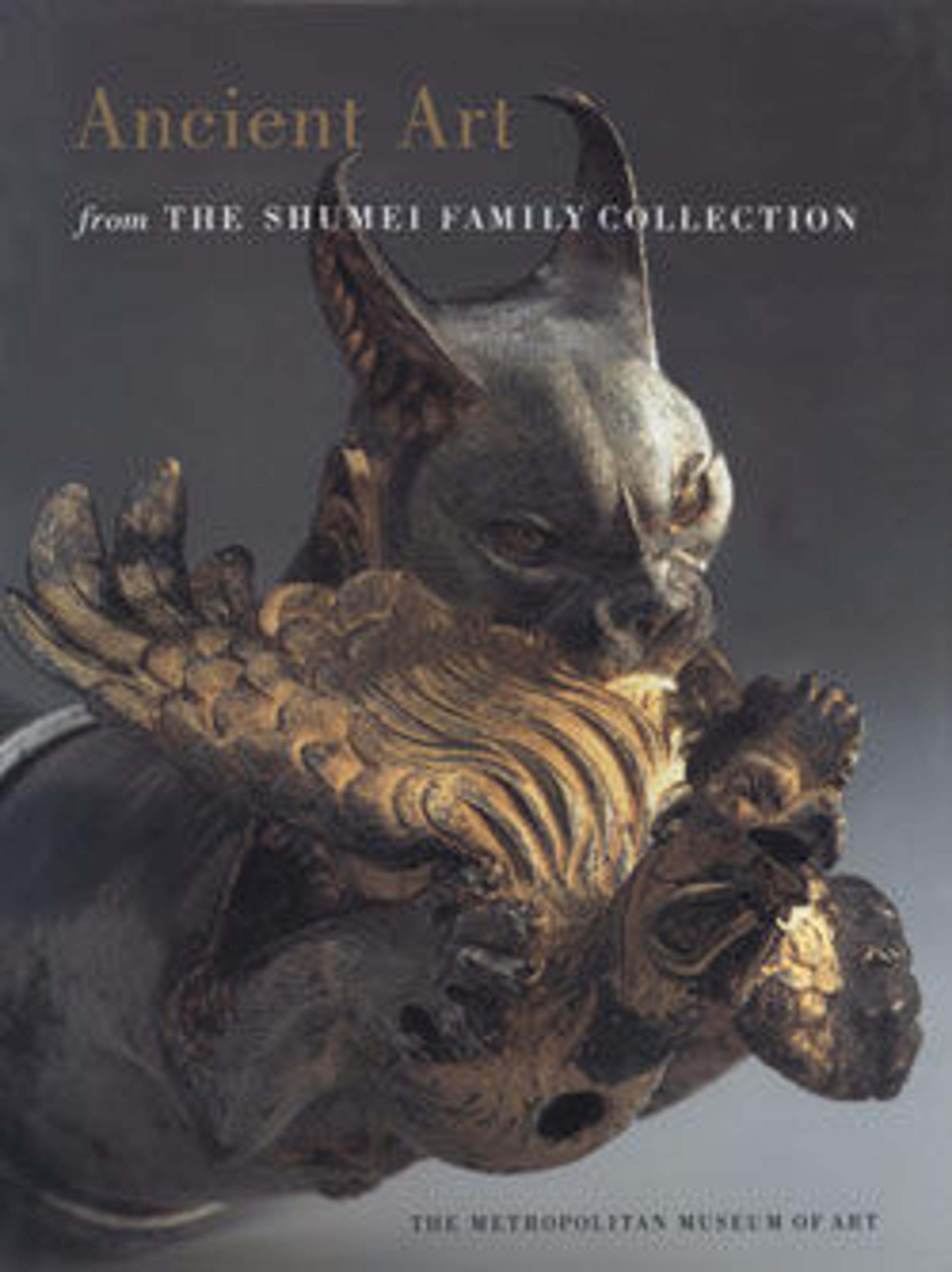
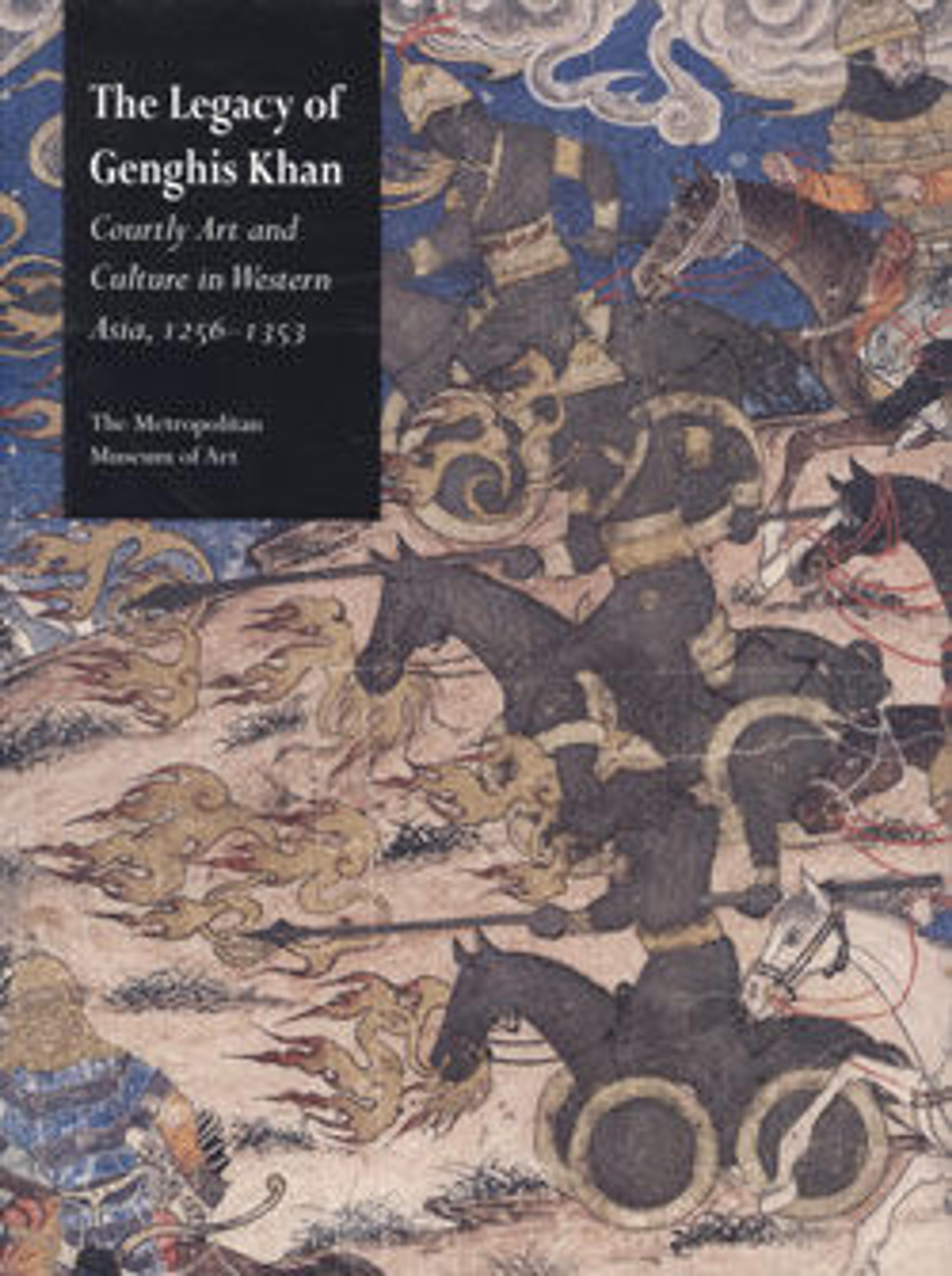
The Legacy of Genghis Khan: Courtly Art and Culture in Western Asia, 1256–1353
Under the leadership of Genghis Khan, nomadic horsemen burst out of Mongolia in the thirteenth century and began their sweep across Asia, creating the largest empire the world has ever known. Particularly in Iran and China, the results were far-reaching: the Mongols imposed enormous changes but at the same time were profoundly influenced by the highly developed civilization of their new subjects. Greater Iran was ruled for a century (1256–1353) by the Mongol dynasty known as the Ilkhanids. These Mongol masters first opposed and then enthusiastically adopted Islam. They became sponsors of a brilliant cultural flowering that encompassed the writing of histories, city-building, and many branches of the arts. Local Persian artistic traditions were themselves transformed by Mongol preferences and by contacts with the arts of Europe and especially China, as wares and craftsmen from China and Iran traveled back and forth across the empire.
The arts of the book attained glorious heights under the Ilkhanids. Large Korans were copied by the best calligraphers and their opening pages illuminated with intricate decoration. The figural illustration of secular objects was greatly expanded and, applied to literary and historical works, became a significant means of legitimizing the Mongols' reign. The masterpiece of this era is the Great Mongol Shahnama (Book of Kings); its dramatic and varied paintings illustrate an epic poem that weaves together legends about the early kings of Iran. Although the manuscript was later dismembered, many of its magnificent illustrations survive, and twenty-six of them are included in this catalogue.
While the Ilkhanids retained the nomadic practice of moving from place to place and holding court in elaborate tents, they also commissioned permanent pleasure palaces lined with richly decorated ceramic tiles. Jewelry and finely worked metal objects were produced in abundance, as were textiles woven with gold. Mosques and mausoleums, built on a grand scale, were lavishly furnished.
More than two hundred outstanding objects exemplifying all these branches of the arts are illustrated in color and fully described in this catalogue. Eight distinguished scholars in the field present the historical and political background of the Ilkhanid era and address such subjects as manuscript illustration, religious art, and the transmission of design motifs across Asia. Also included are two technical studies, maps, a genealogical chart, and a complete bibliography.
Met Art in Publication
You May Also Like
Press the down key to skip to the last item.
Citation
Komaroff, Linda, Stefano Carboni, and Metropolitan Museum of Art (New York, N.Y.), eds. 2002. The Legacy of Genghis Khan: Courtly Art and Culture in Western Asia, 1256-1353. New York : [New Haven]: Metropolitan Museum of Art ; [Distributed by Yale University Press].
